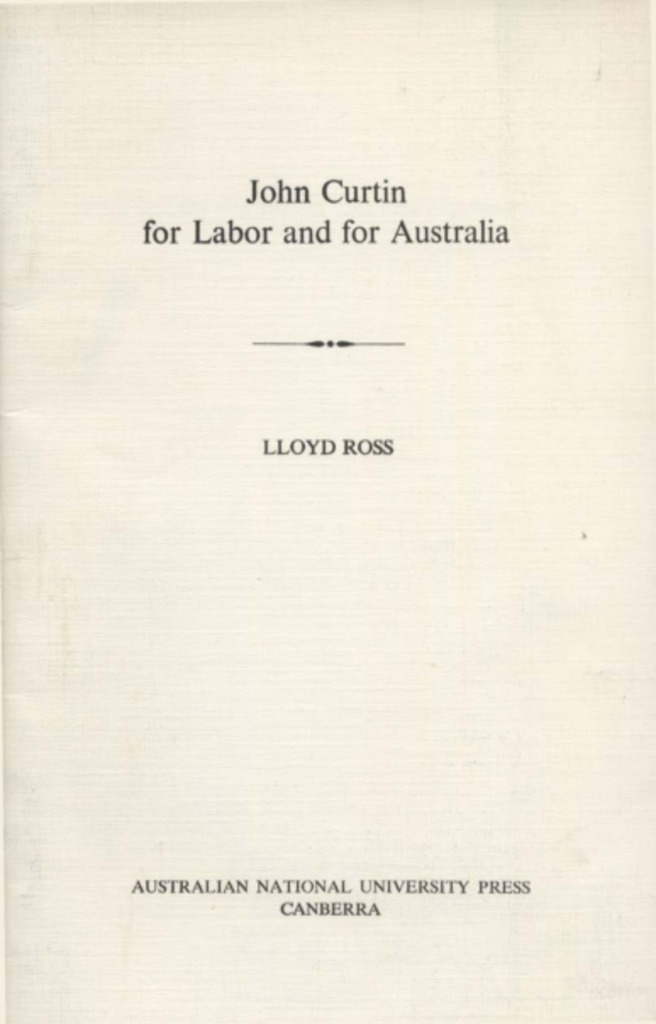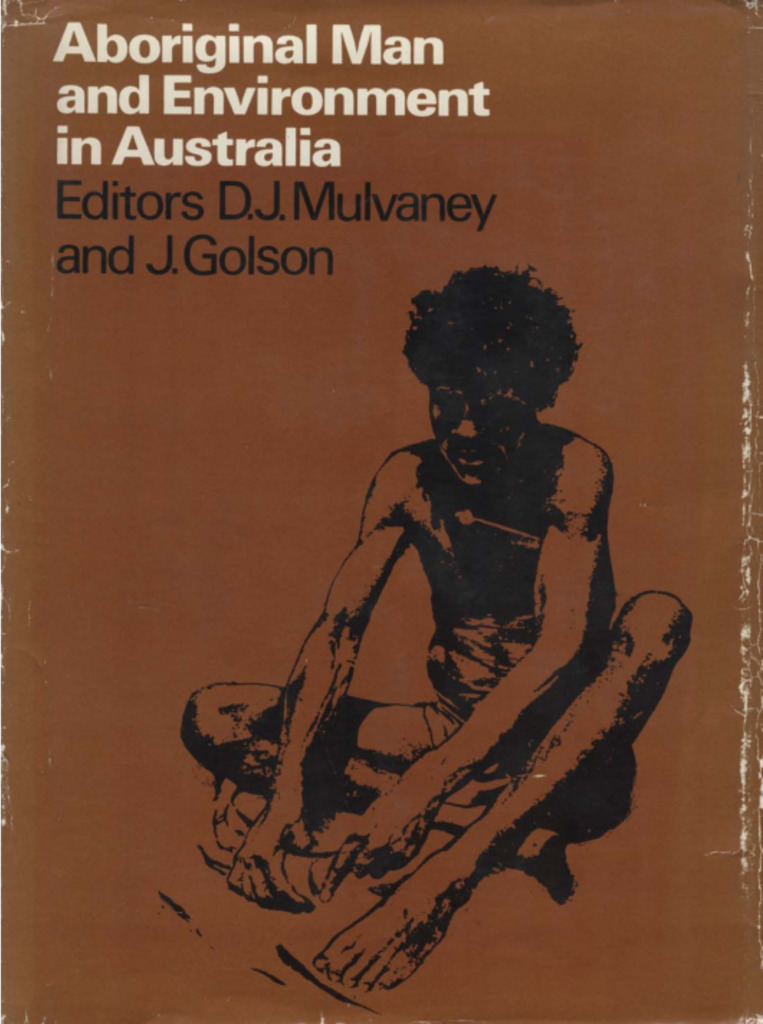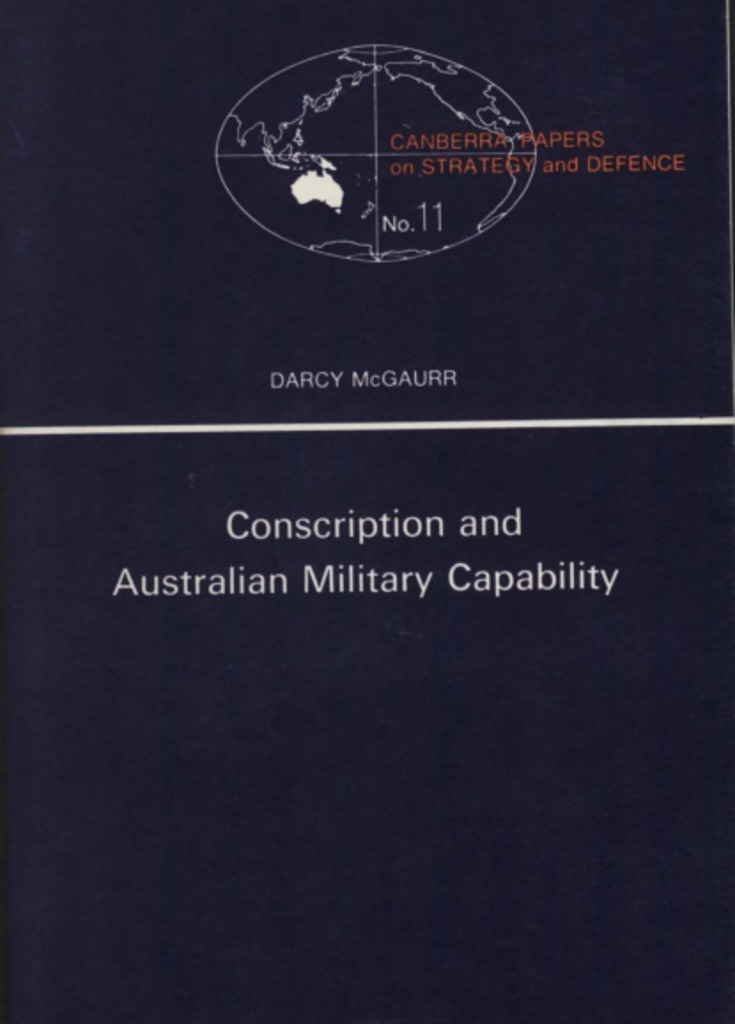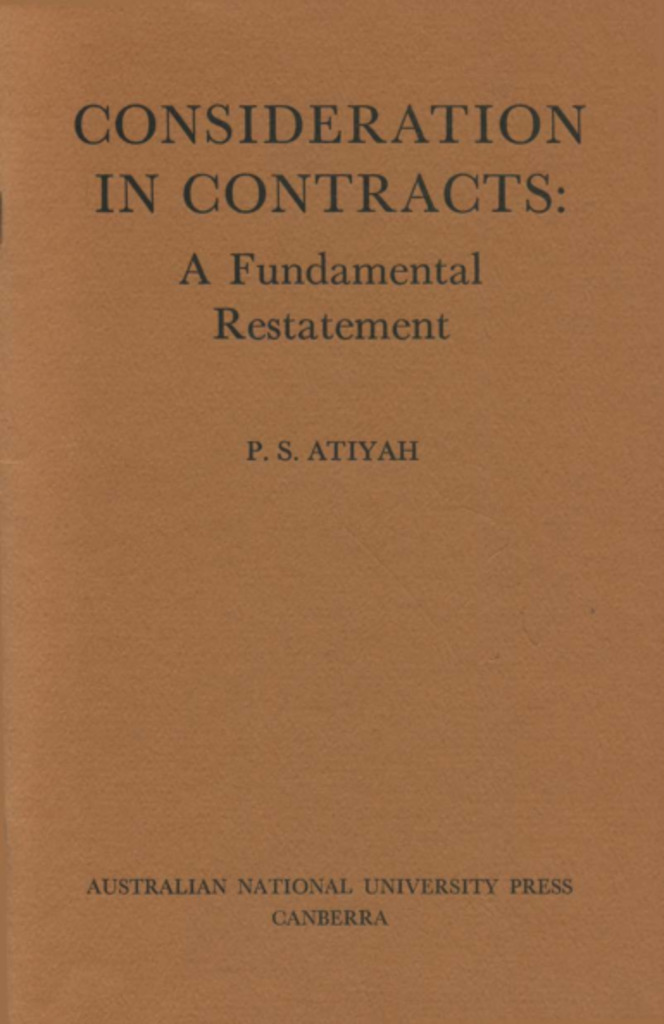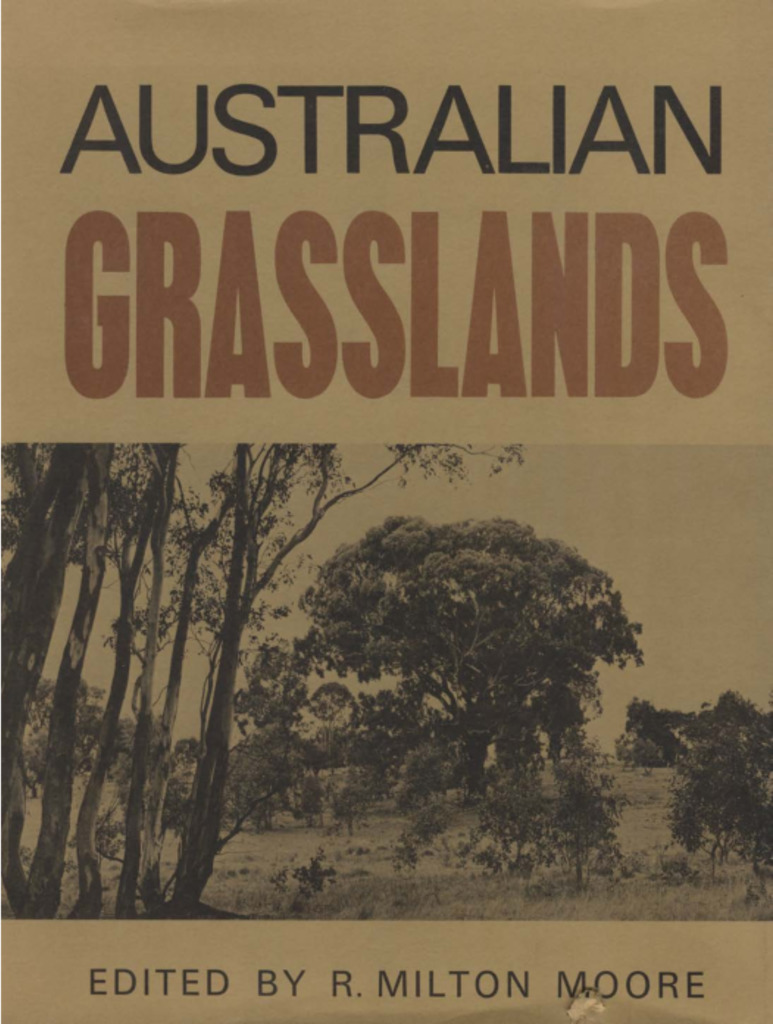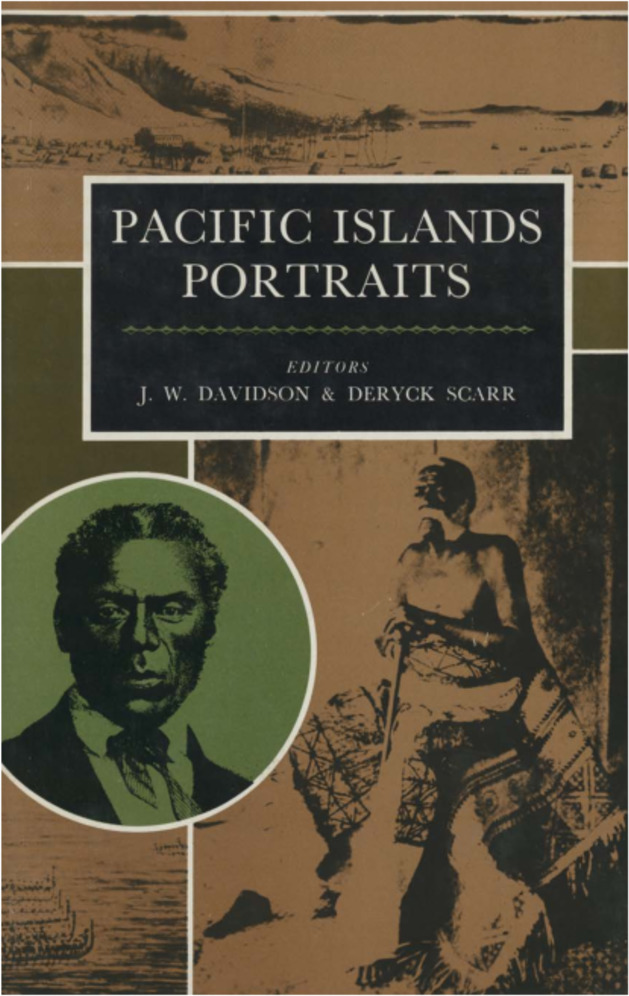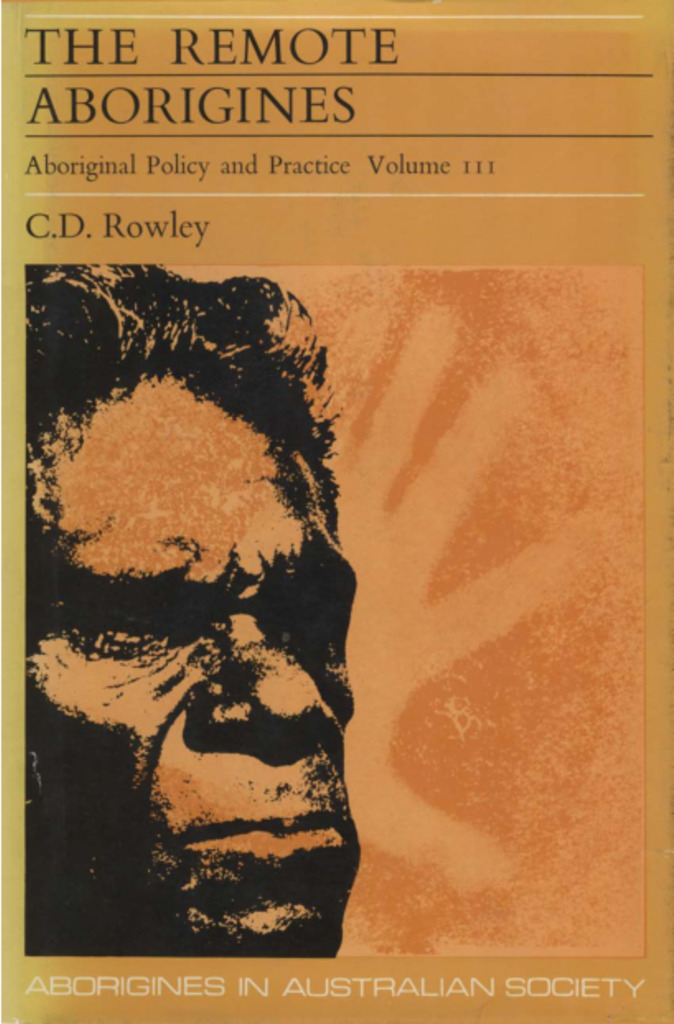
The remote Aborigines »
Publication date: 1971
This last book of Professor Rowley's trilogy on Aboriginal Policy and Practice deals with the situation of the 'full-blood' Aborigines in the centre and north of Australia. The author refers to this area as 'colonial Australia', offering reasons including the restrictions on movement by the Aborigines, with the resultant emphasis on mission and government 'settlements'; the much lower wages paid to Aborigines in the area; the withholding of social service benefits which other Australians may obtain easily; and the power vested in officials and missionaries to control Aborigines. Professor Rowley argues that, in the remote areas, policy and practice of government must be altered fundamentally, otherwise the last remnants of the tribes will be reduced to the situation described in Outcasts in White Australia. Like Rowley{u2019}s other two books, this one is an indictment of white Australian indifference to the maltreatment of an inarticulate minority. His basic argument is that no policy can now succeed without reconciliation; that governments, after two centuries, must come at last to negotiate with the Aborigines. It is also argued that even now it may not be too late to learn from the Aboriginal how to see and appreciate the continent in which we live. But this is an issue which demands some humility from non-Aboriginal Australians.
